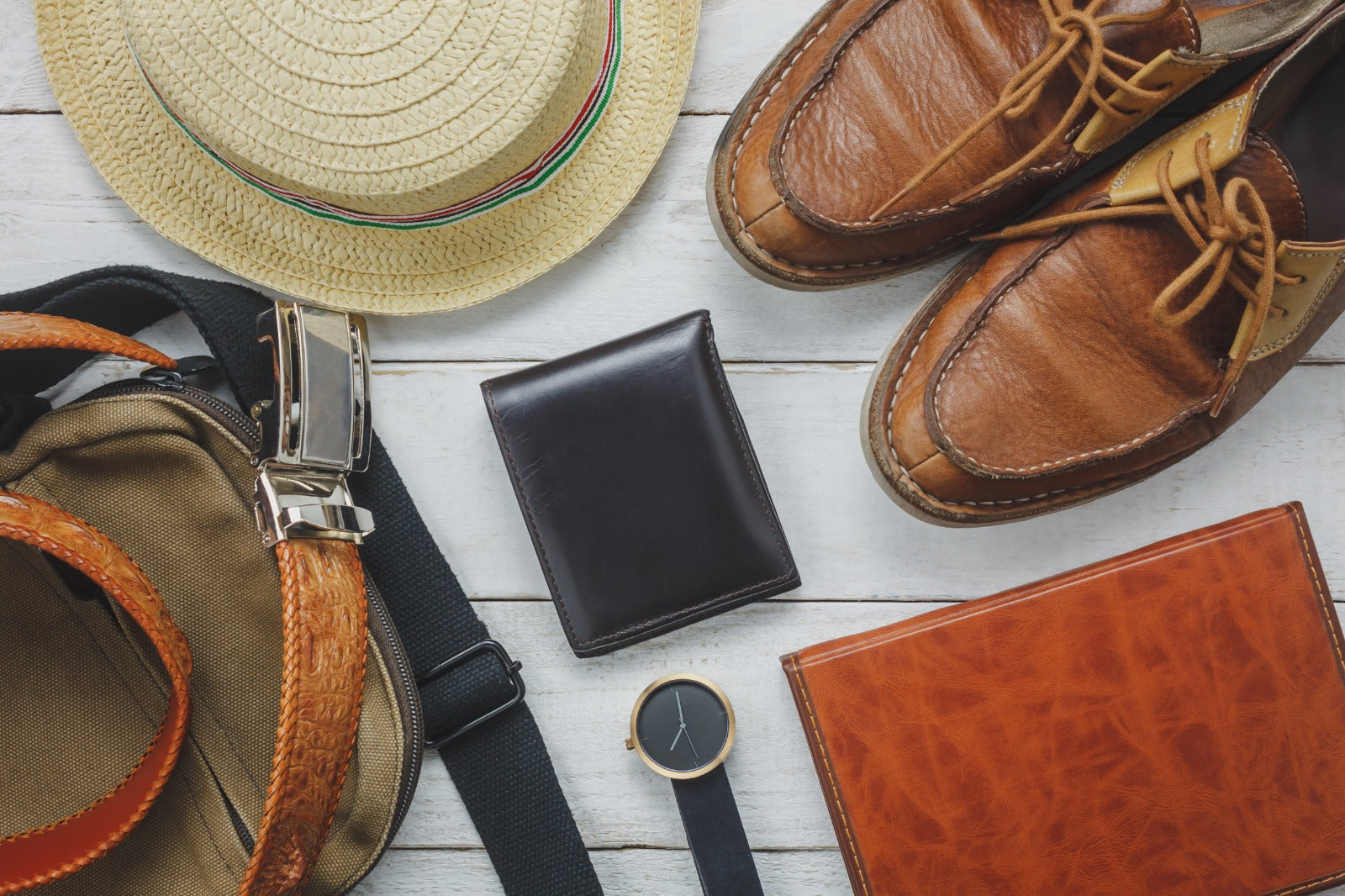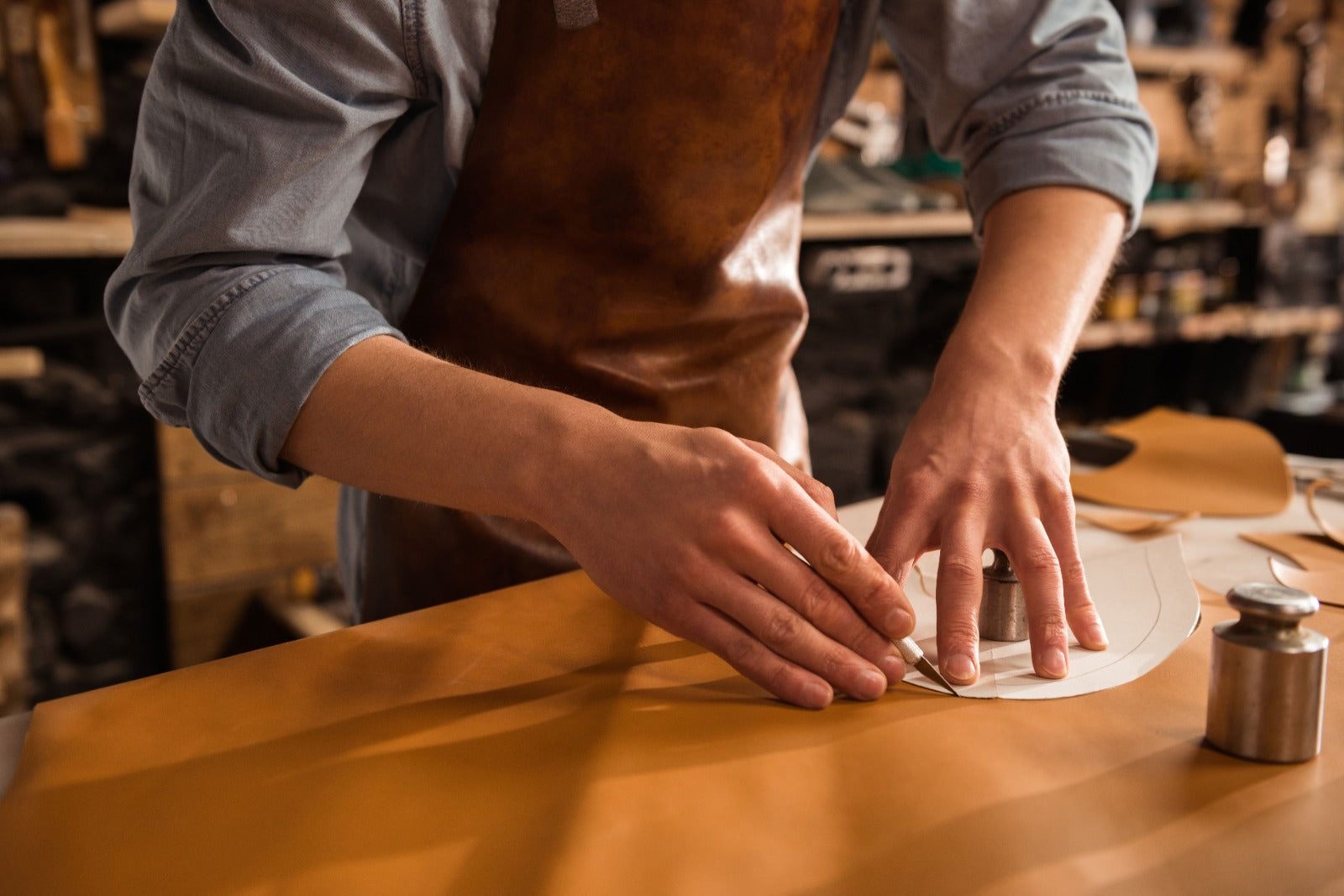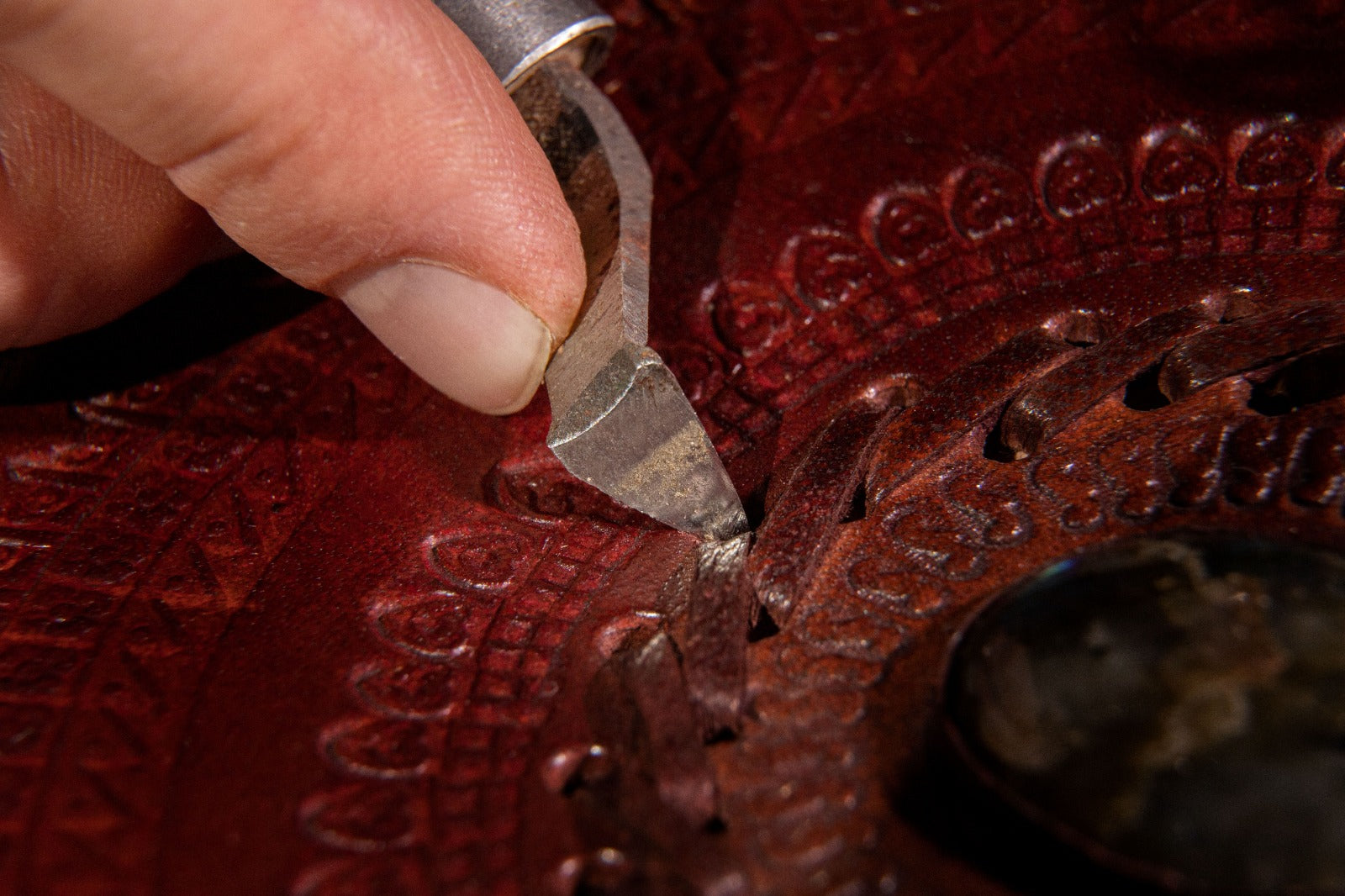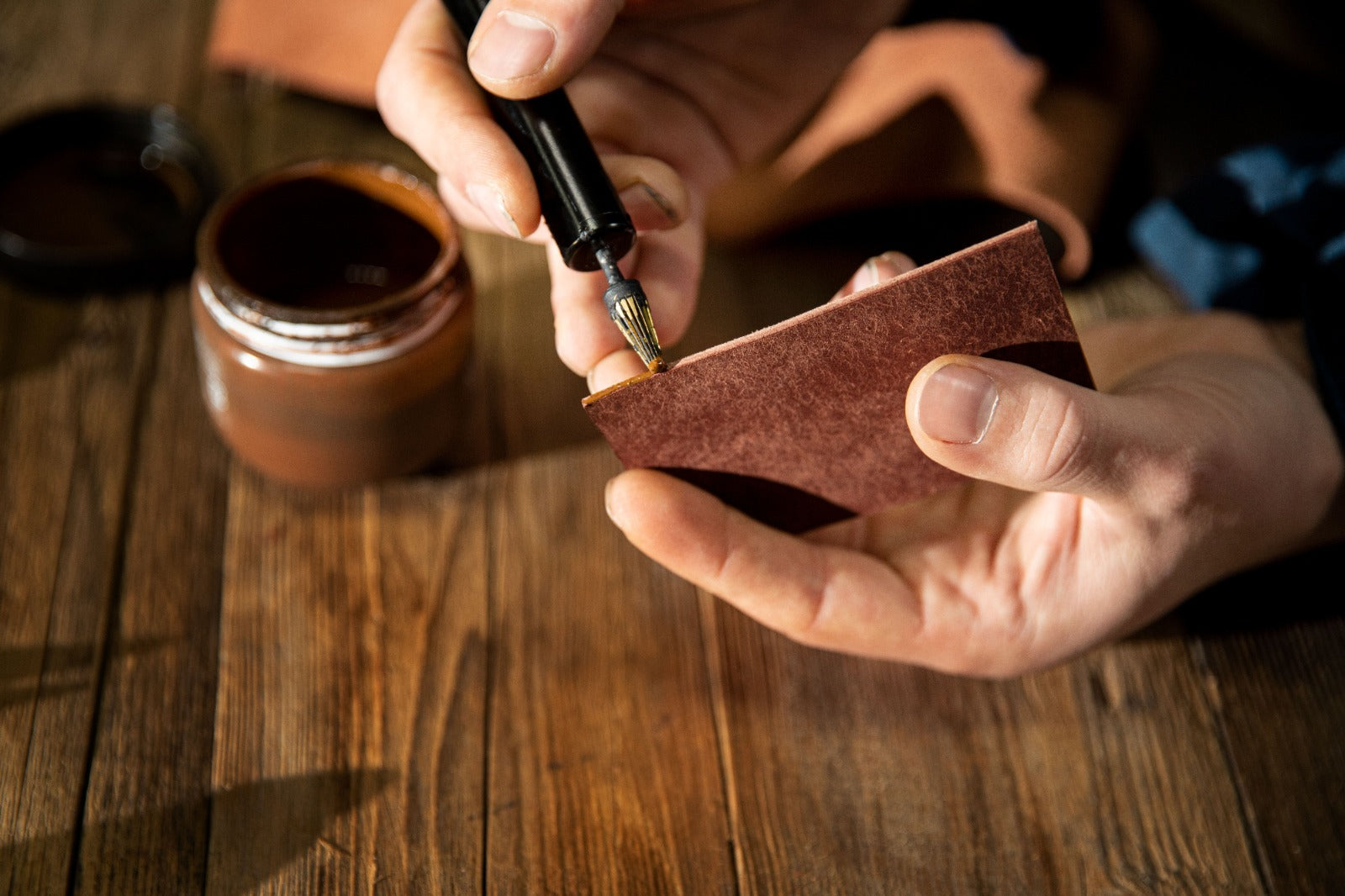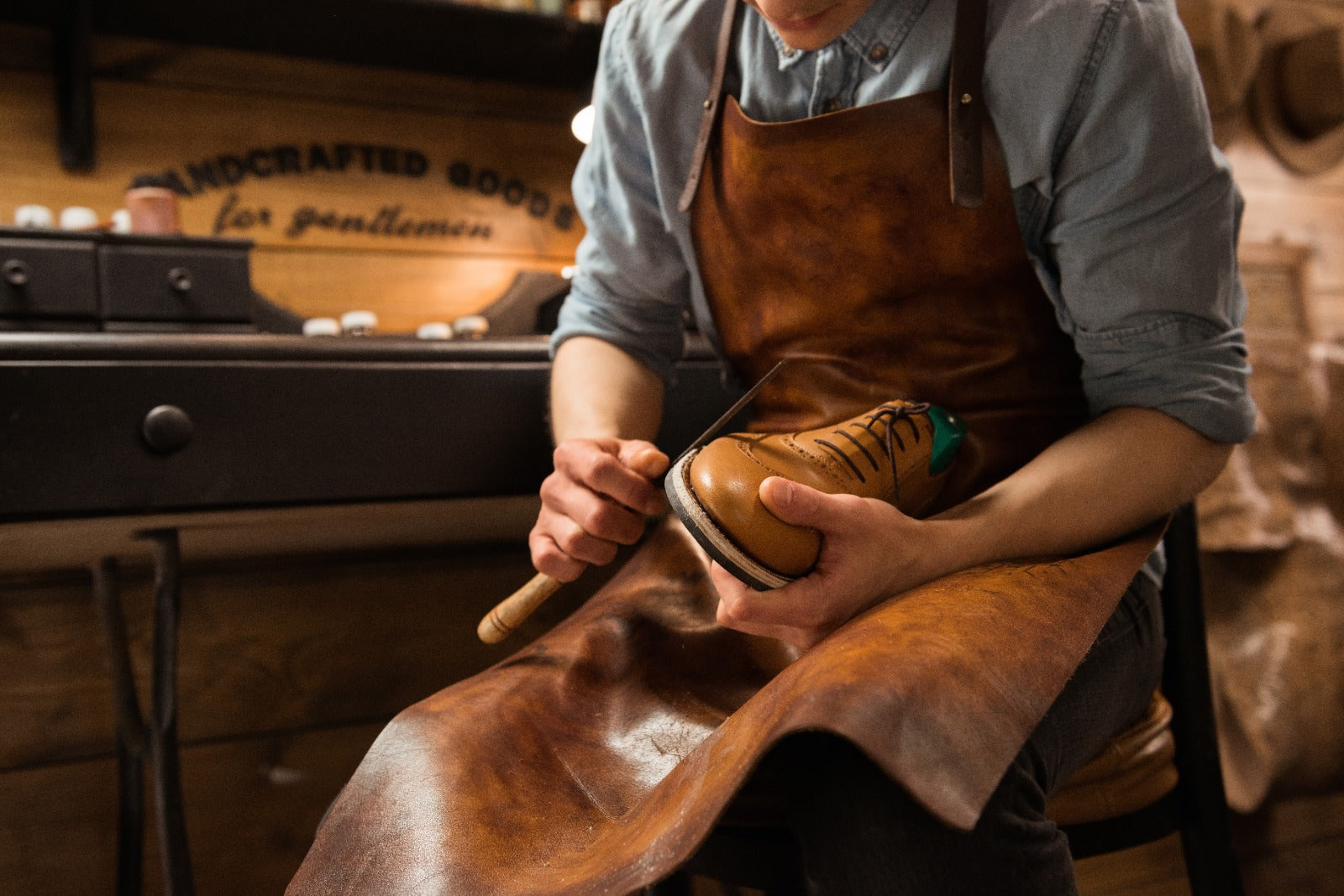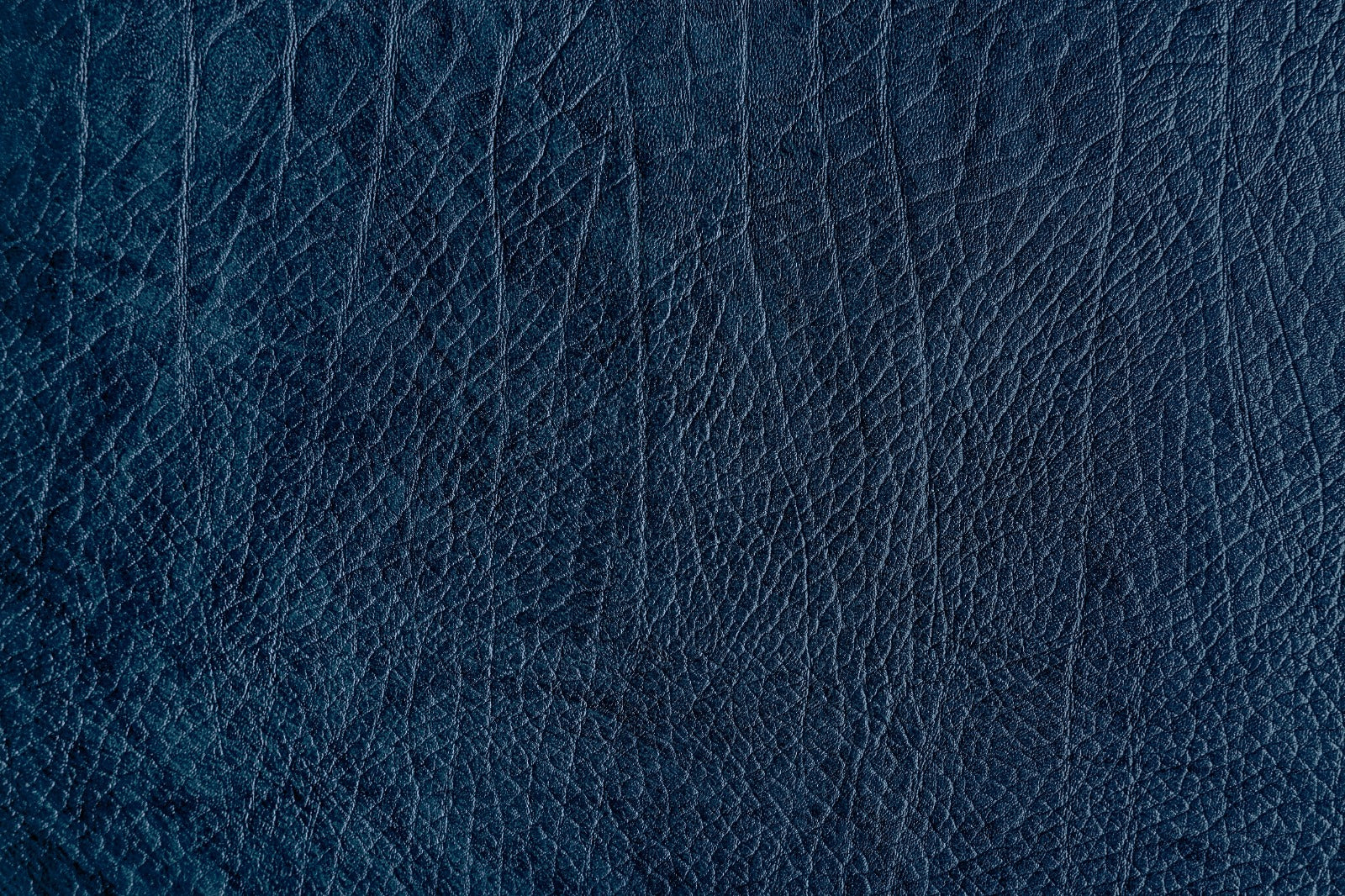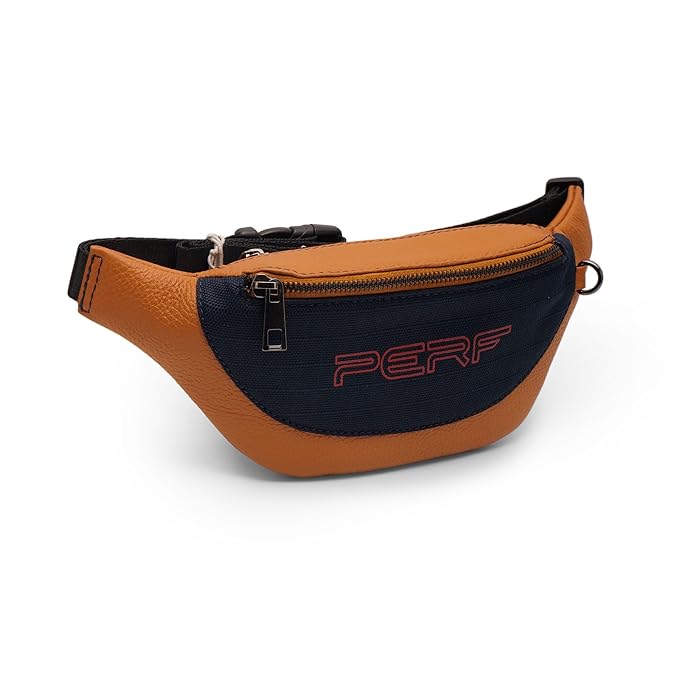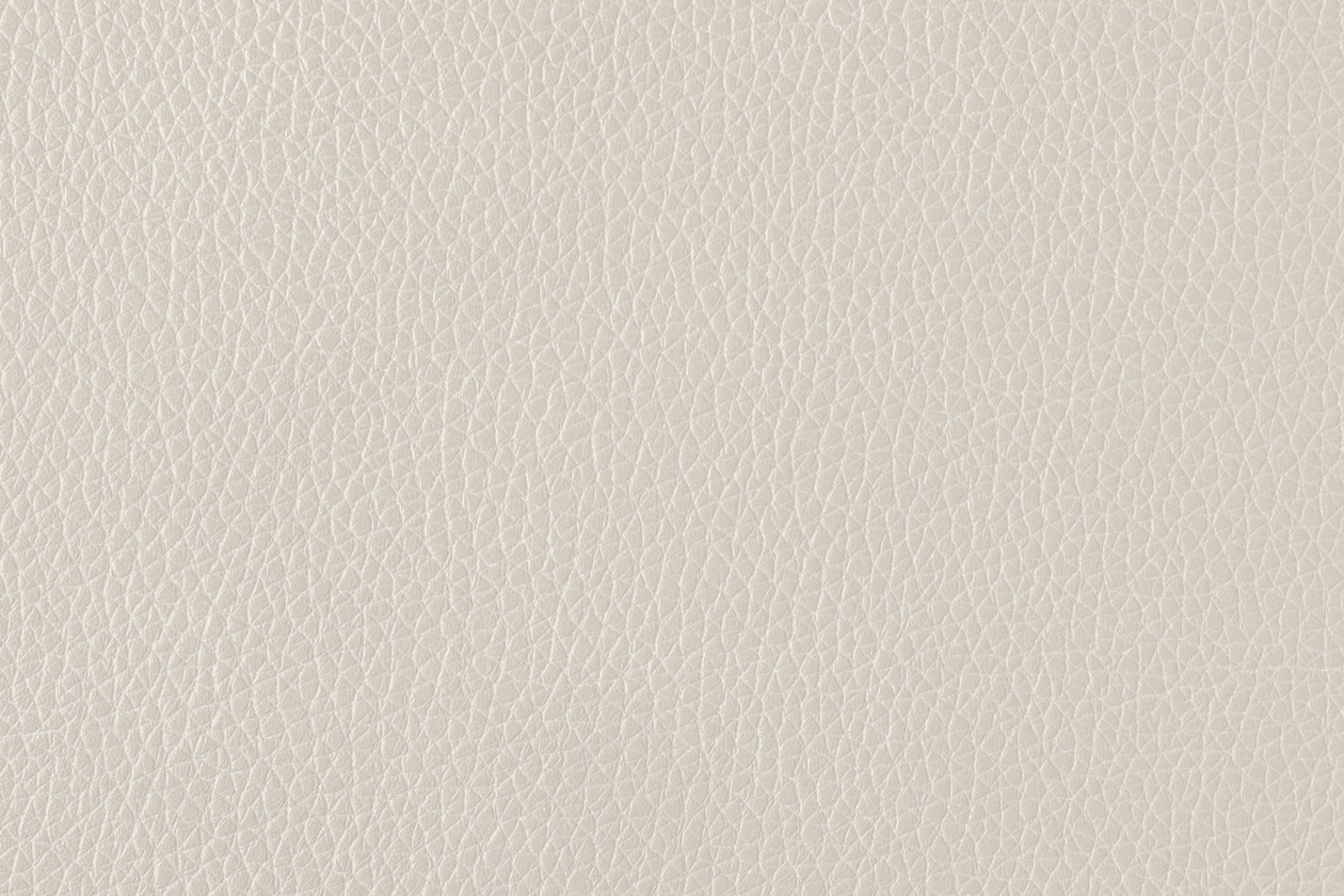
What Is Split‑Grain Leather?
Split‑grain leather is derived from the lower layer of a hide, beneath the top-grain. While it uses real leather, it differs significantly from full-grain and top-grain leather in terms of durability, texture, and aging. Often coated or embossed to mimic higher-grade leather, split-grain is commonly labeled as genuine leather. This guide explains its production, pros and cons, ideal uses, and care tips.
How Split‑Grain Leather Is Made
-
Hides are split into layers; the bottom layer becomes split-grain leather
-
Surface is sanded, coated, or embossed to create uniform texture
-
Often finished with pigments or synthetic coatings
-
While it retains leather origin, its durability is lower than higher grades
Split‑Grain vs Other Leather Grades
| Leather Type | Source | Durability | Patina | Cost | Typical Use |
|---|---|---|---|---|---|
| Full‑Grain | Topmost hide | ⭐⭐⭐⭐⭐ | High | Premium | Luxury goods, long-term wear |
| Top‑Grain | Top layer, sanded | ⭐⭐⭐⭐ | Medium | High | Office bags, accessories |
| Split‑Grain | Bottom layer | ⭐⭐ | Low | Budget | Light-use items |
| Bonded Leather | Leather scraps | ⭐ | None | Lowest | Decorative or disposable items |
Pros & Cons of Split‑Grain Leather
Advantages
✅ Budget-friendly alternative to premium leather
✅ Uniform appearance with consistent color and texture
✅ Suitable for styles requiring leather look without high cost
Disadvantages
⚠️ Less durable and prone to peeling or cracking
⚠️ Does not develop natural patina
⚠️ Limited repair options
⚠️ Reduced breathability due to surface coatings
Recommended Uses
-
Budget wallets and light-use accessories
-
Decorative furniture panels with minimal wear
-
Occasional fashion belts
-
Office supplies like portfolios or notebooks
-
Ideal for items that require style over longevity
Caring for Split‑Grain Leather
-
Dust surface regularly to maintain coating
-
Wipe gently with a damp cloth; avoid harsh cleaners
-
Apply leather or vinyl conditioner sparingly
-
Protect from direct sunlight to prevent fading
-
Recognize shorter lifespan—plan replacement accordingly
Sustainability Insight
-
Uses more of the hide, reducing raw material waste
-
Shorter product lifecycle compared to top- or full-grain
-
Best suited for budget-conscious or temporary-use products
Recognizing Split‑Grain Leather
Look for:
-
Perfectly uniform grain without natural scars
-
Artificial sheen or plastic-like finish
-
Flaking edges or peeling over time
-
Lower price point than top- or full-grain products
Is Split‑Grain Right for You?
Choose split-grain if you want:
-
Affordable leather-style products
-
Short-term or light-use accessories
-
Consistent look without character development
Opt for top-grain or full-grain leather if you prioritize:
-
Longevity and evolving patina
-
Durability and structural strength
-
Investment-quality items for long-term use
Final Thoughts
Split‑grain leather provides a cost-effective leather option but lacks the durability, texture, and natural patina of higher-grade leathers. It works best for light-use or budget-conscious accessories.
